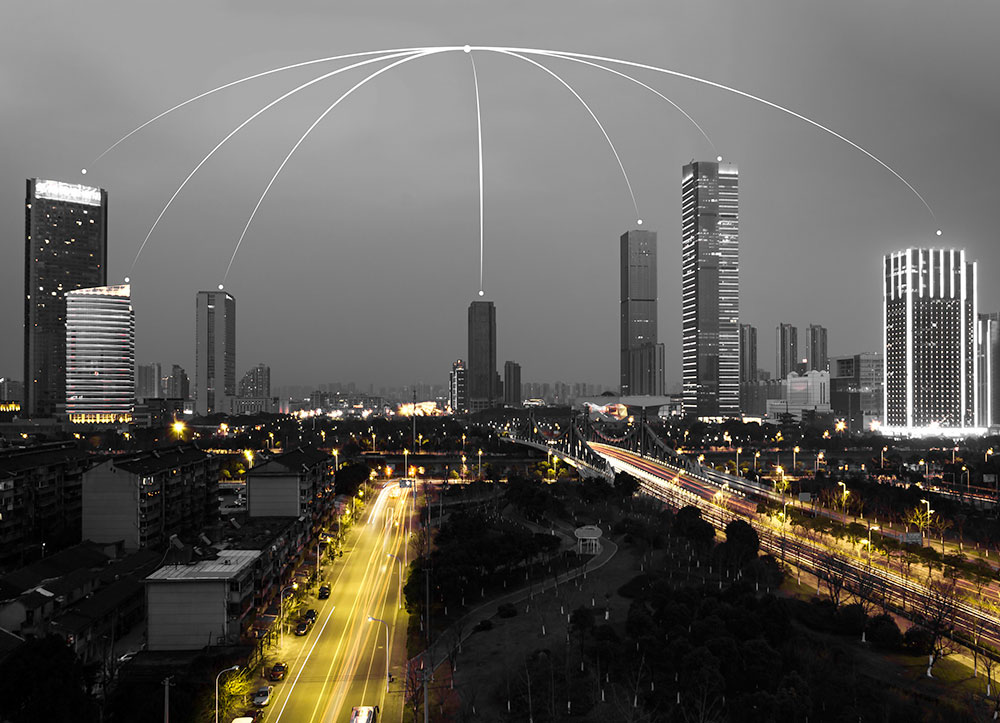On the 10th and 11th of May, the SAFMA Annual Conference 2017 was held at Gallagher Convention Centre in Johannesburg. The conference featured experts presenting the latest innovations in facilities management.
A recent study conducted by the South African Facilities Management Association (SAFMA) conclusively revealed that the ‘industry has grown aggressively from merely being associated with building maintenance’. For an industry that collectively manages R39,12 billion across South Africa, the right skills and technology are essential to drive facilities management (FM) forward.
The study also revealed that clients want technology to be used in FM. To fulfil these needs, a focus on modernisation is critical. According to Barry Diedericks, Infor EAM Subject Matter Expert at Softworx (an Infor partner), the Internet of things (IOT) offers this – but sometimes there is too much information. “A ‘perfect storm’ describes an event where a rare combination of circumstances will aggravate a situation drastically,” adds Diedericks. In FM, for example, a smart building offers unlimited data – but do we need this data? “As technology advances, the complexity involved in gathering and analysing data exponentially increases.”
This has business owners begging the question; ‘If you bring me a report, and I can’t use it in my business, why do I need it?’. Diedericks believes that information comes at a cost, but this is justified if the data can be leveraged to transform building services. “If you can operate your building with insight, it becomes possible to utilise the space you have more intelligently.” This can be achieved in two ways; by asking the right questions (collecting the right data) and by implementing the right tools to analyse the data collected.
When it comes to smart buildings, several questions arise. Who owns the data and where is it held (the tenant or the landlord)? What are we measuring, and why? Are we using the information at hand to our benefit, or are we just gathering data because we want to?
Technology comes with its challenges and the IoT is no exception. “Perhaps the biggest challenge is its efficiency – the ability to capture 1.2 million transactions per second. Can all of this data be stored?” asks Diedericks. “In some industries, it’s vital to have this constant information at hand. In healthcare, for example, fridges must constantly be monitored to ensure medication is kept at the right temperature. In the food industry, however, checking the temperature on the fridges can be done intermittently, perhaps every few minutes. At home, however, this information would only be required every three hours.”
How can smart businesses mitigate these challenges to ensure their smart buildings don’t overwhelm them? “The starting point is to determine need vs want. Consider necessary fault detection, diagnostics and alarms – relevant to the industry – and then focus the priorities to make data driven decisions and enable prompt action.”
The underlying golden thread is a deep understanding as to why the data is being collected. “The IOT is an explosion of connected possibilities, and with more than 28 billion connected devices this offers an endless wealth of rich information (which is incredibly useful in running a business, as long as the explosion doesn’t bury you).”
Click below to share this article

